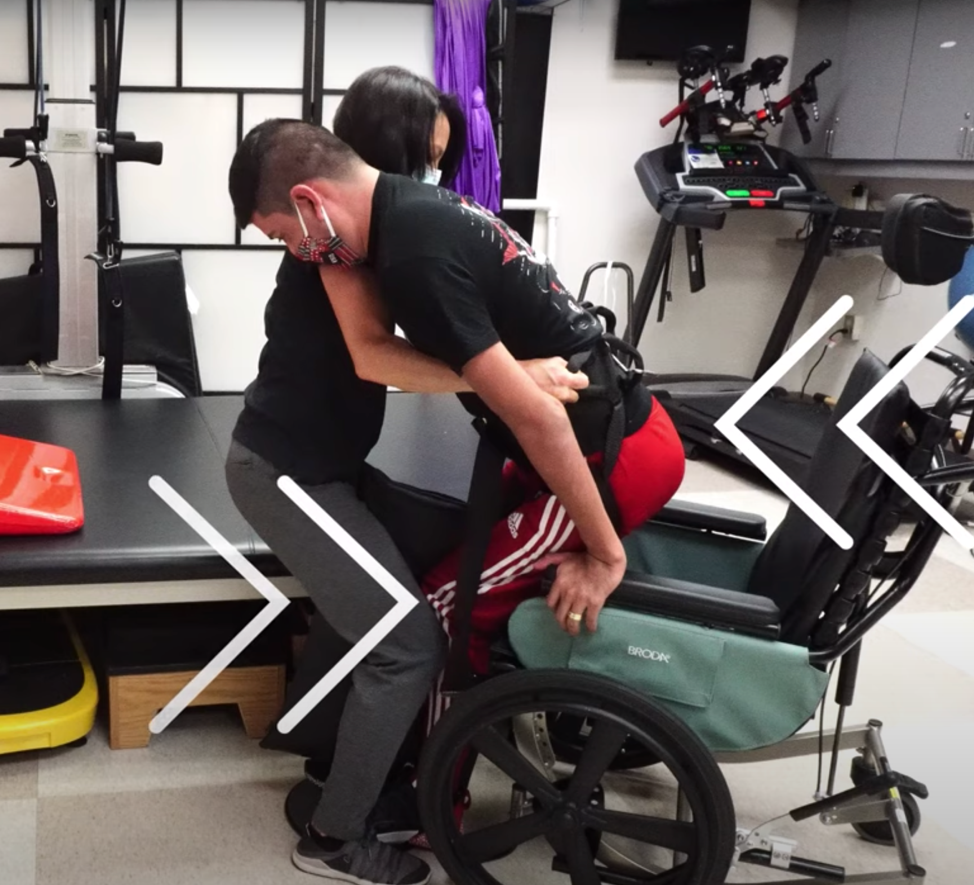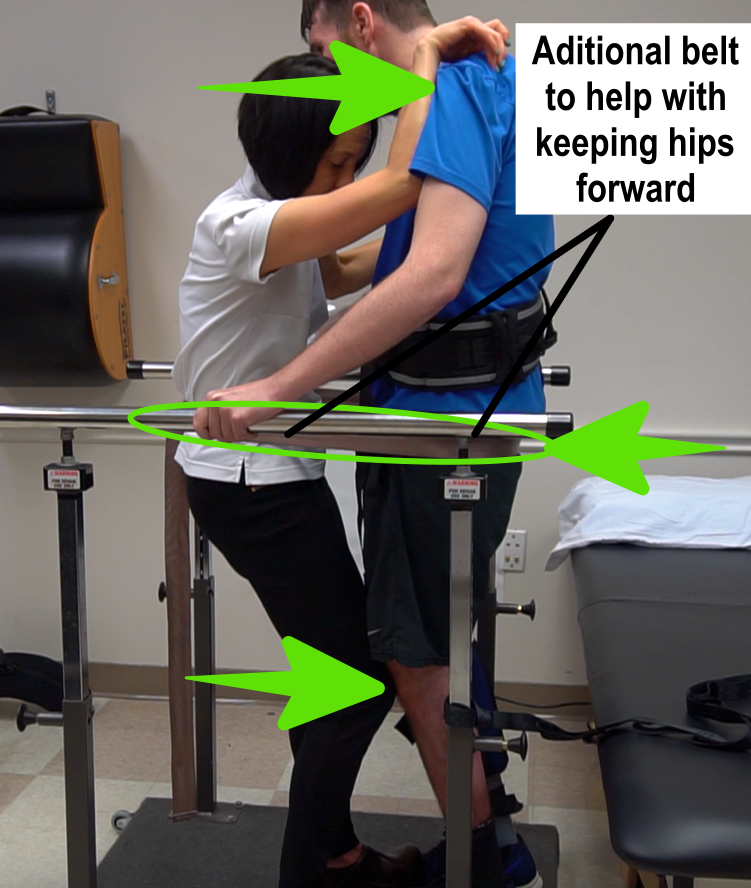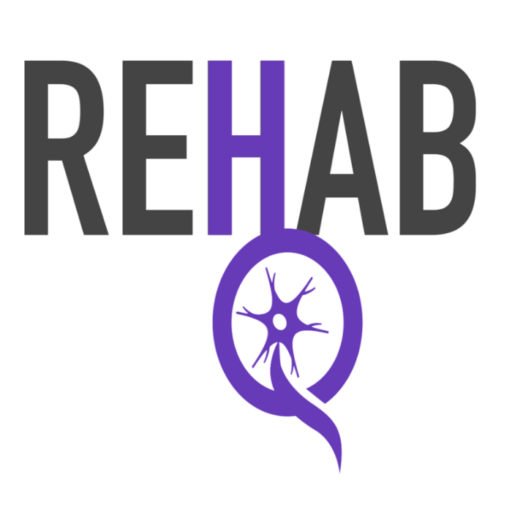Standing is one of the most critical skills to relearn after any type of neurologic injury. Standing helps with digestion, bone health, and joint health. It can also reduce spasticity, and facilitate motor recovery. The caregiver role is almost more important than the therapist when it comes to relearning how to stand correctly. The reason is, every transfer performed outside of therapy is an opportunity to work on the critical components of standing.
What are the critical components of standing?
There are three critical things that are important to start learning early in the standing progression. As a caregiver, understanding these component is necessary to help you, help your loved one.
Symmetrical Weightbearing
Whether your loved one is ready to stand today or is preparing for the possibility of standing in the future, they will need to learn symmetrical weightbearing. In other words, having even weight on both feet. In most cases, your family member will have a tendency to want to shift their body weight to their stronger leg. However, as we progress to walking, this can be counterproductive.

Forward weight transfer
Of course to stand, you need to get from sitting to standing. This requires a forward weight transfer. This is how we shift our body weight from our bottom (in the chair) to the feet. This is critical in order to be able to utilize the leg power to get the body to a vertical position. It is also something that you and your loved one are already (unknowingly) doing multiple times a day. For example, if you are helping your loved one transfer, you are helping them with a partial sit to stand. This is an excellent opportunity to also help them learn this concept of a forward weight transfer.



Coordinated hip/knee extension
When it comes to generating the power to push your bottom up out of the chair, timing is everything. The knee and hip muscles must work together. For example, if you straighten the legs out to quickly, you will actually push your body back into the chair.

Straighten the hips prematurely and you will lost that nice forward weight transfer to get the center of mass over your feet.

Ideally, the hips and knees should at the right time to ensure that the center of mass stays over the base of support.

3 points of contact
Hopefully now you understand the important components of standing. Next, let’s talk about how you can help your loved one prepare for standing. Believe it or not, it is something you are already doing with them multiple times a day. That is, transfers. There are two types of transfers that most family members will learn in the hospital. You either learned a low squat pivot transfer or a stand pivot transfer. Transfers are a great time to start working on symmetrical weight bearing, forward weight transfer and coordinated hip and knee extension.
You as a caregiver can facilitate these components by assisting with three point of contact. The three points are the shoulders, and the front of the knees and a counter force at the back of the hips.


Where do you place your hands?
The lower the hands are on the hips, the easier it is to help your loved one to feel a forward weight shift AND coordinated hip and knee extension.
How do you help someone to achieve symmetrical weight-bearing?
If your family member has a tendency to stand with more weight on their uninvolved leg, place your knees in front of the involved leg. This combined with the counter force low on the hips will encourage more weight on the involved leg.
How do you help with forward weight transfer?
To help facilitate a forward weight transfer, the helper with want to slightly shift their weight backward as the person being helped is unweighting their buttocks.
Three Point of Contact to help someone stand
You can also use this same technique to practice standing.


I have used a second belt around the hips to assist with the counterforce behind the hips. The belt I use for this is called a mulligan belt and has a seatbelt style buckle which allows it to handle more force without slipping and it is easier to connect and disconnect.
Click here to check price
Equipment/tools to help someone stand
A gait belt is almost mandatory for leaving the hospital. However, unfortunately the one the hospital gives you (or recommends for you to purchase) is useless. It is basically is just an extra article of clothing that has no real purpose. If you use it to try and lift someone, it ends up around the chest.


To avoid this, you will need a gait belt with leg straps This will keep the belt low on the hips and help you maintain three points of contacts

